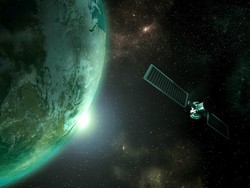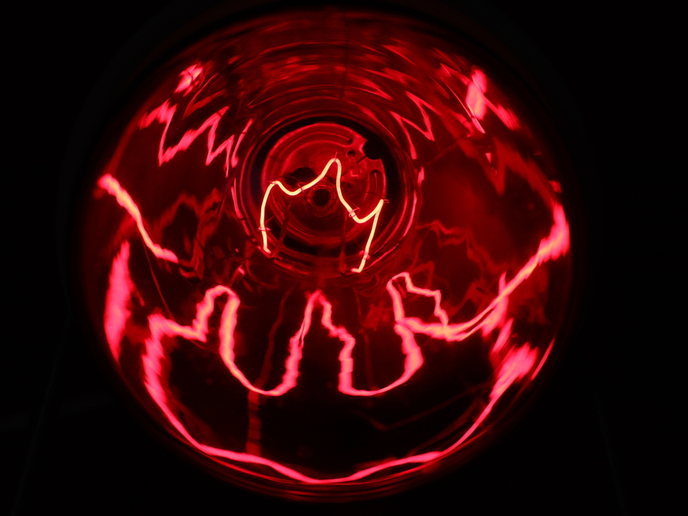Novel remote sensing procedure to better gather information about Earth’s system processes
Remote sensing provides the only feasible solution for obtaining estimates of surface fluxes and soil moisture content (SMC) at the spatio-temporal scales and accuracy levels required by many applications. Many different methods are available, and space agencies worldwide acknowledge the need to estimate these parameters. However, global operational mapping of these parameters from remote sensing is lacking or is underdeveloped, particularly in Europe. The EU-funded TRANSFORM-EO(opens in new window) project addressed knowledge gaps related to the ‘triangle’ method – an innovative and interdisciplinary technique for obtaining regional estimates of energy fluxes and soil moisture content (SMC) from the synergy of EO data with a land biosphere model. Project partners developed a fundamental understanding of the triangle method’s ability to derive spatio-temporal estimates of SMC and latent and sensible heat fluxes. They investigated the technique’s capacity to obtain the above parameters when used with remote sensors scheduled to be launched by space agencies in the coming years. The TRANSFORM-EO team finalised a detailed sensitivity analysis for the SimSphere land biosphere model. It examined the sensitivity of a large number of model outputs using a sophisticated, variance-based sensitivity analysis approach. Results show that model outputs were sensitive to a small number of model inputs. Scientists evaluated SimSphere’s ability to simulate the diurnal variation of key parameters characterising land surface interactions. The assessment was performed at different ecosystem environments in Australia, Europe and the United States. Results indicate a generally good agreement between the model predictions and in situ measurements. This suggests that the model can be applied to solving various theoretical and applied tasks in the future. The triangle technique was implemented using both high and low spatial resolution data synergistically with SimSphere land biosphere model. It was able to provide suitably accurate parameter estimates. TRANSFORM-EO successfully filled fundamental gaps in knowledge that are critical for implementing the triangle approach with EO data. It also gained insight into spatio-temporal estimation of energy fluxes and/or SMC from EO under various ecosystem settings and developed innovative open source software tools for the processing of freely distributed EO datasets and for better understanding of land surface interactions.







